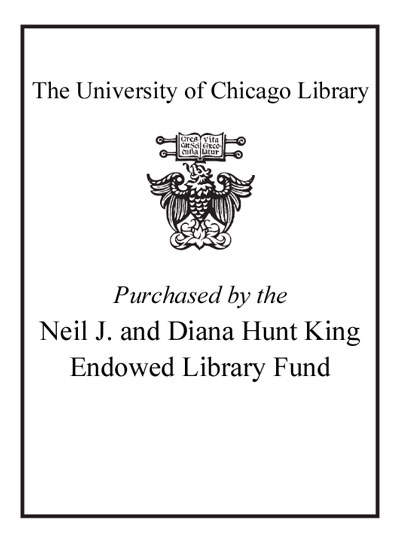| Summary: | Thirty-four places of worship (temples, monasteries, and shrines) were carved out of the rock between the fifth and tenth centuries over an area of around two square kilometres. All the sculpture at the site is testimony to the superb skill and sheer determination of the workforce involved, as well as being evidence of the religious harmony of the time. The monuments include all sorts of architectural and decorative features that display the utmost splendour and inventiveness: columns, staircases, reliefs, stuccos, and even surviving patches of painted decoration. In the past, the extraordinary work at the site has unfortunately been eclipsed by the exceptional nature of its surroundings. The architecture and sculpture are often immersed in darkness and this has made it impossible to create the kind of photographic record that would give their stunning quality the visibility it deserves. But now Iago Corazza, with his ultra-sensitive photographic equipment, is able at last to give lovers of Indian art and enthusiasts the chance to fully appreciate this wonderful, indeed unique, group of rock-cut temples. The task of explaining the meaning and significance of these works as they emerge from the dark is entrusted to the expertise of Gilles Beguin. Following the success of Khajuraho, readers have the chance to explore another treasure of Indian art accompanied by a distinguished guide, with the benefit of photos that at last do their marvellous subjects full justice.
|
|---|

